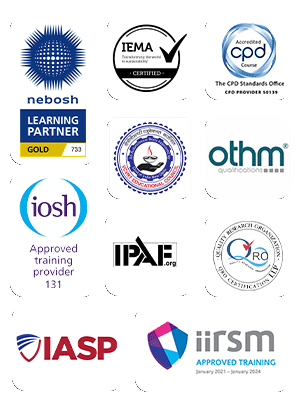Post Diploma in Hazard Analysis Critical Control Point
This qualification is aimed at learners who are working at a management level in a manufacturing business, quality assurance staff or members of a HACCP team. It would also be useful for trainers, auditors, enforcers and other food safety professionals. Achievement of this qualification gives learners the skills to assist in the implementation of a HACCP system, to critically evaluate HACCP plans and to understand the importance of having an effective HACCP system in place.
Subjects covered include the principles of HACCP management for food manufacturing, understanding the importance of HACCP-based food safety management procedures, understanding how to manage the implementation of HACCP-based food safety management procedures and understanding how to develop and evaluate HACCP-based food safety management procedures.
HACCP – ISO 22000 Standards
A Practical Approach take into account current best practice and new developments in HACCP application. This qualification is intended to be a compendium of up-to date thinking and best practice approaches to the development, implementation, and maintenance of HACCP programs for food safety management. The HACCP plan development and verification and maintenance chapters have also been substantially covered to reflect current practice. Appendices provide a new set of case studies of practical HACCP application plus two completely new case studies looking at lessons learned through food safety incident investigation. Pathogen profiles have also been updated by experts to provide an up-to-date summary of pathogen growth and survival characteristics that will be useful to HACCP teams.
HACCP principles and definitions, and an overview of biological, chemical, and physical hazards in foods. This qualification gives an in-depth discussion and analysis of each of the HACCP principles. HACCP as presented by the NACMCF relates to food safety concerns only; however, some government agencies and companies use control points other than those relating to safety within the context of HACCP. Therefore, a chapter is included on safety, quality and regulatory control points. Next, an action plan for implementing HACCP is given as well as an overview of the adoption of HACCP by federal regulatory agencies. Several specific examples for the application of HACCP principles are provided in the last chapter
Topics Covered
EXAMINATION:
Theory Paper:
HACCP – A Practical Approach (100 Marks)
HACCP – Principles and Applications (100 Marks)
HACCP Legislation (100 Marks)
Guidelines for HACCP, GMP and GHP for ASEAN Food SMEs (100 Marks)
Practical:
Case Studies on HACCP Systems in Regulatory Inspection Programs.(100 Marks)



